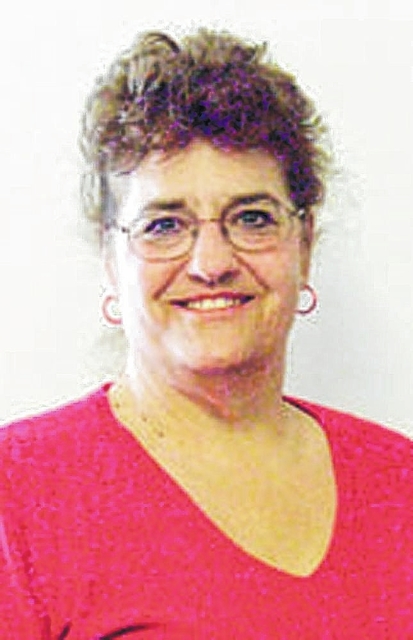
Good afternoon! Just a quick reminder of the Master Gardener-sponsored “Gardening in Small Spaces” seminar at the Amos Public Library in Sidney this week, Wednesday, April 17, beginning at 6:30 p.m. President Mark Hipple will talk about his 22 years of experience doing just that!!
Ohioline is an information resource produced by OSU Extension. Ohioline has hundreds of fact sheets covering a wide array of subjects such as agriculture and natural resources, family and consumer sciences, community development, and 4-H youth development. The link to Ohioline is https://ohioline.osu.edu/home.
OSU Ag Safety and Health has revised and updated the “Safe Handling of Anhydrous Ammonia” fact sheet just in time for this 2018 planting season. The fact sheet can be found at: https://ohioline.osu.edu/factsheet/aex-594.
Spring and summer seasons seem to spark additional excavation projects for home and landowners. The entire month of April is designated as National Safe Digging Month. The goal of this awareness campaign is to remind project designers and landowners to use the 811 hotline number to determine any underground utilities. No matter how big or small the task – anything from installing fences to using large tillage tools to rip the soil crust – it’s important to call 811 before the project starts. Never assume what you can’t see; high optic cable, phone, water and gas lines may be in your digging zone. The national 811 hotline protects the workers and environment from dangers of underground utilities. Before any new project, call 811 before you dig.
Drs. Anne Dorrance and Terry Niblack had an informative article in the April 2’s CORN Newsletter: Soybean Cyst Nematode has been a pest in Ohio fields for years. It robs yields! And, the number of fields infested has been increasing, due in part to more frequent planting of soybean. Another factor is the SCN’s adaption to the resistance bred into soybean varieties. There is a new group organized to help in monitoring this pest – The SCN Coalition.
So, what’s the best way to know if SCN is impacting your yields? Sample! Anytime of the year is OK. To be sure, numbers are usually highest in the fall following a soybean crop, but to get to know where your numbers are, just sample! Begin to think about those low-yielding spots; these might be areas where SCN populations could be high.
The new website, www.TheSCNcoalition.com is now accessible with training and infographics; the Ohio site, with updated information is also ready: https://u.osu.edu/ohscn/. See where this pest has been detected, where some of the hot spots are, and what we need to be aware of for management. SCN cannot be eradicated or removed from a field once it is there, but there is no reason why it should take a lot of our soybean yield; we just need to manage it and that starts with knowing your number.
APHIS (USDA’s Animal and Plant Health Inspection Service) sent a notice this week that soybean exports to China are being threatened by weed seed in the product. In 2016, Chinese officials enacted a new grain import law to keep invasive weeds and other pests from entering their country. Last fall, they informed USDA that US grain shipments, particularly soybeans, did not comply with the new law. Some of the weed seed found in the loads being shipped included ragweed, pigweed, Johnsongrass, and cocklebur; representing 80% of all weed seeds detected.
You can go to the APHIS website for more information, including a detailed checklist of recommended weed management practices that can help reduce weed seed contamination during planting, throughout the production season, and at harvest. The website is https://www.aphis.usda.gov/aphis/ourfocus/planthealth/sa_export/soybean-exports.


